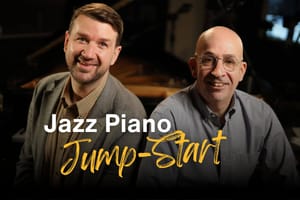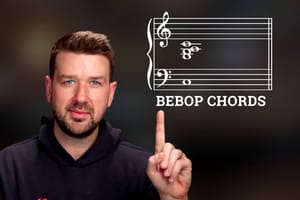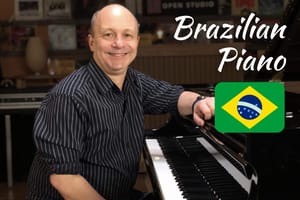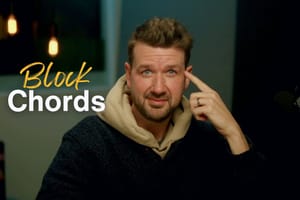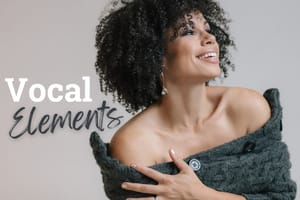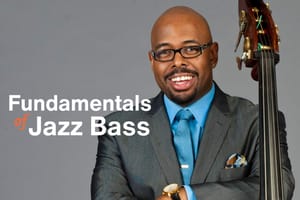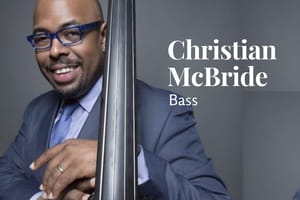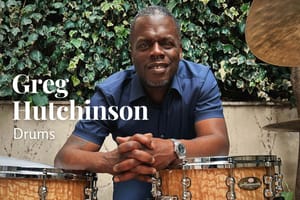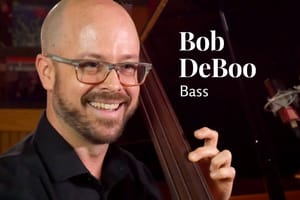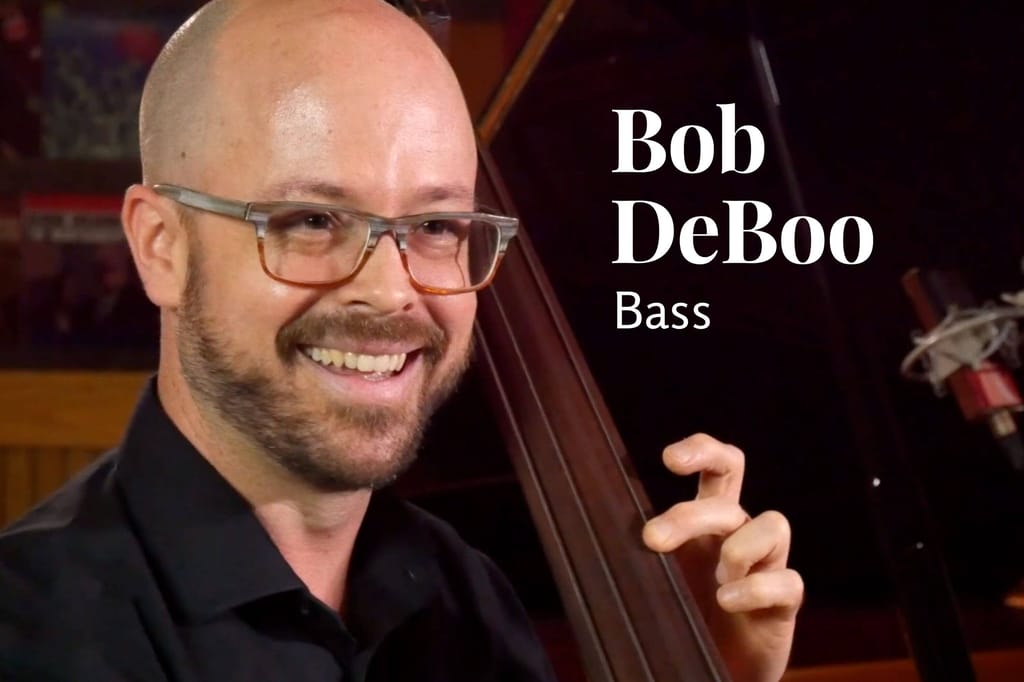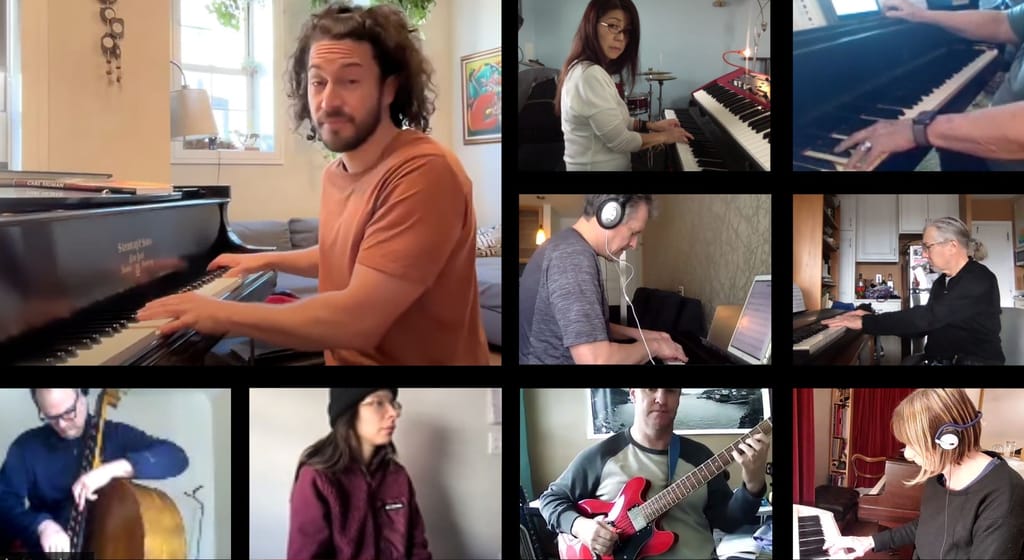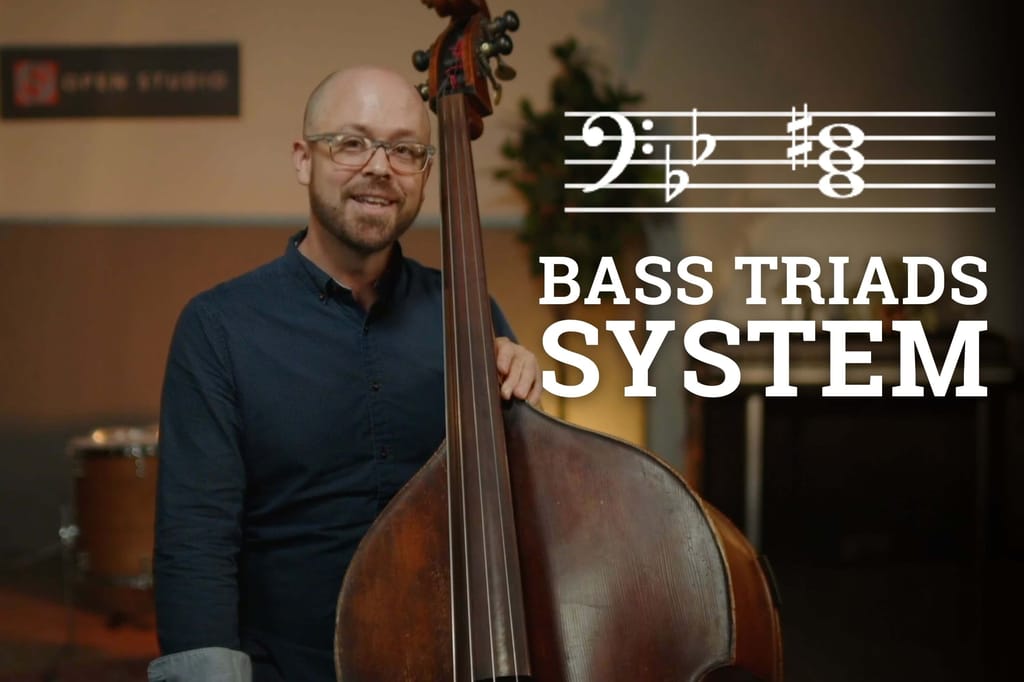
Bass Triads System
Finally, an easy system to explain triads and help expand your creativity in using them for your bass lines and solos.
Triads are the DNA.
They are the DNA of all arpeggios and scales.
Triads are especially crucial for bassists because they provide the foundations for harmony, which is crucial for our bass lines and solos. They should be thoroughly understood and instantly accessible, and this course will teach you how to creatively do just that.
Bob helps you get right into creative and useful ways to practice and perform with these triads:
- How the four primary triad types are constructed and where they come from.
- Explore practical and creative ways to practice these triads.
- Ways to bring these triads into our walking, solos, and compositions.
⭐ ⭐ ⭐ ⭐ ⭐
“Thanks Bob, I appreciate your knowledge and willingness to share. All of your courses are interesting, informative, and fun.”
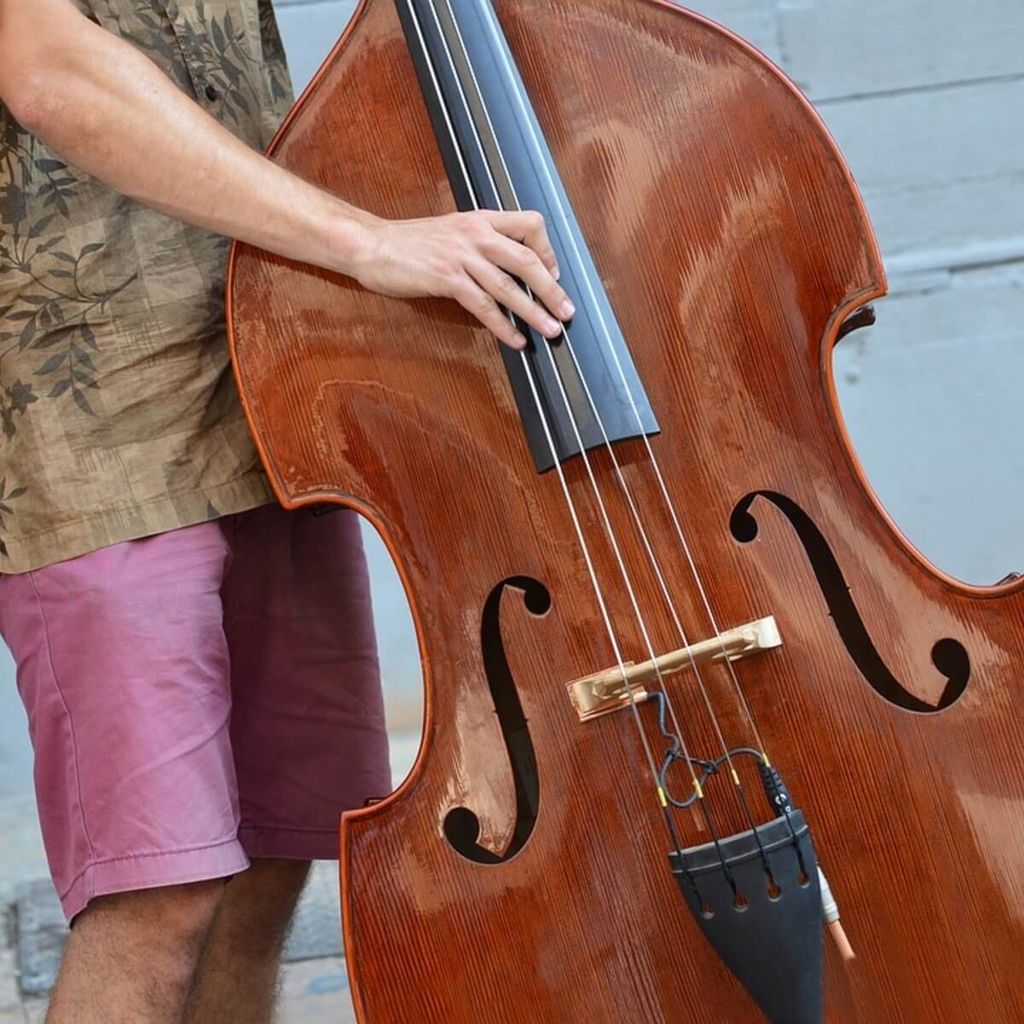
Terry H.
⭐ ⭐ ⭐ ⭐ ⭐
“Bob DeBoo is a phenomenal instructor… He makes learning fun and easy.”

Andrew D.
⭐ ⭐ ⭐ ⭐ ⭐
“Bob is not only an amazing instructor, but I find inspiration from watching him perform. Bob is one of my greatest mentors.”
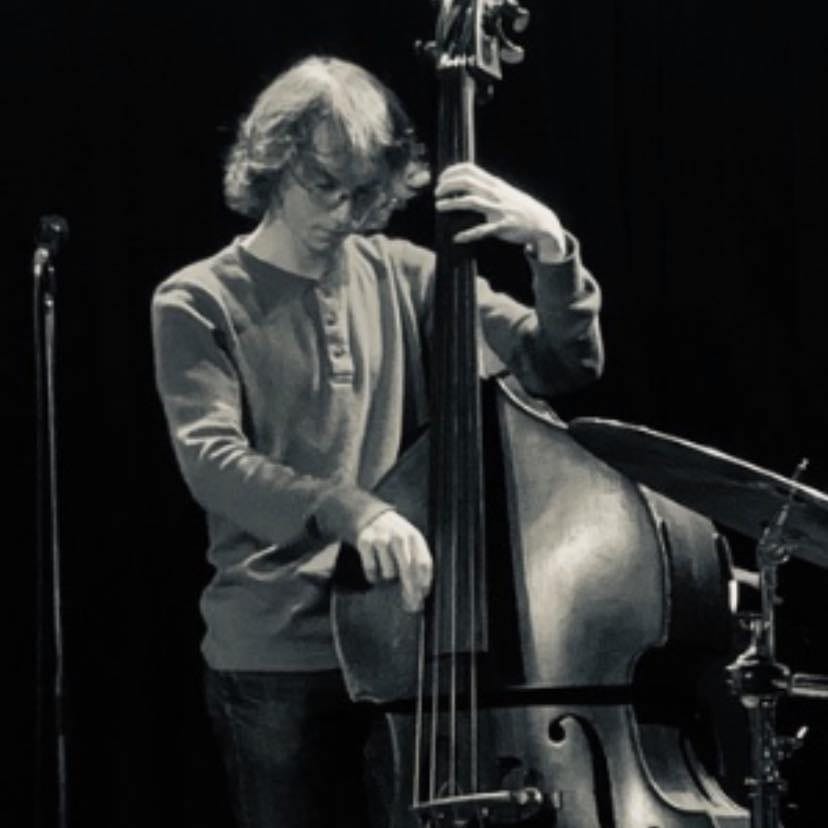
Sam A.
Living Notation
Our exclusive Living Notation allows you to follow Bob’s playing and demonstrations in real time with moving, interactive notation.
Extensive transcriptions are included, along with ability to change speed, a/b loop, and more as you practice along with Bob.
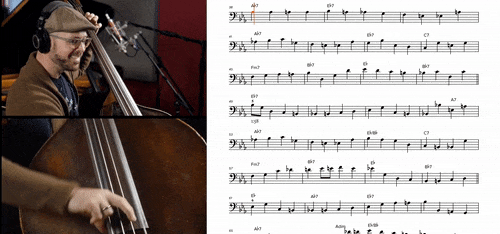

Meet Your Practice Guru
Bob DeBoo is an in-demand performer on both the double and electric bass. Some of the projects he’s been involved with the last couple years include playing with David Sanborn’s Acoustic Quartet, Peter Martin, Geoffrey Keezer, Alarm Will Sound, James Carter, Matt Wilson, Ron Miles, the 442s, leading his own quartet, and much more.
Bob has also been a part of numerous Open Studio live concert events and courses. He is also highly active in education, having worked with Jazz at Lincoln Center’s Jazz for Young People program, JazzSTL’s JazzU program and more
Course Contents
Course content
- Introduction and Listening
- Sound
- Feel
- Time
- Triads
- Strong Beats
- Connection and Direction
- Language Patterns
- Slower & Faster Changes











